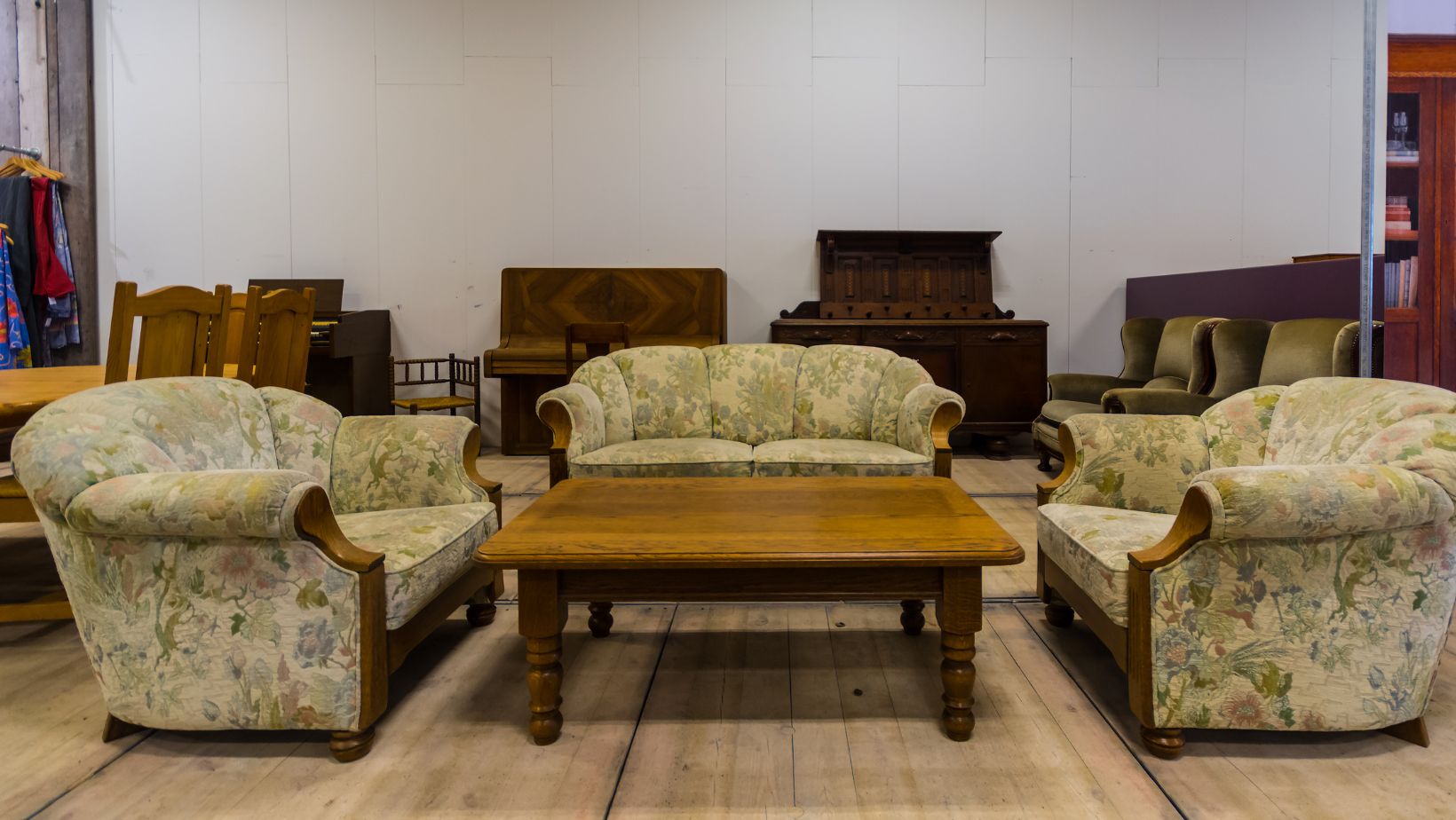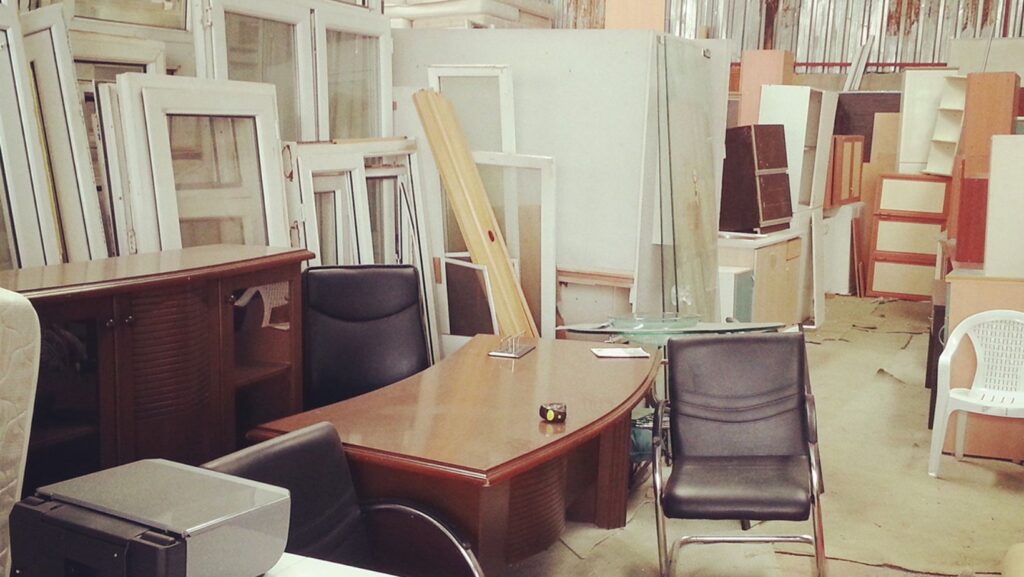Buying second-hand furniture is a smart and sustainable choice. Not only does it save money, but it also helps reduce waste and gives character to your space with unique, timeless pieces. However, once you’ve found that perfect vintage dresser or pre-loved sofa, the next challenge begins: how to transport it safely and affordably to your home. Here’s everything you need to know to make the process smooth and stress-free.
Measure Everything
Before arranging transport, always measure both the furniture and the space where it will go. This includes doorways, stairwells, and elevators.There’s nothing worse than paying for delivery only to find your item won’t fit through the front door. Take note of the item’s dimensions, weight, and whether it can be disassembled.
Assess the Item’s Condition
Second-hand furniture may be fragile or structurally weakened by age. Inspect it carefully for loose joints, brittle wood, or rusted metal. Knowing its condition helps you determine the safest way to move it, whether it needs extra padding, special handling, or even minor repairs before transport.
Choose the Right Transport Method
The ideal transport option depends on the size, weight, and value of the furniture. For small pieces, a car or van rental might do. But for larger or more delicate items, hiring a professional mover is a better choice. They have the tools, experience, and insurance to handle furniture properly.

Prepare the Furniture for Transport
Preparation is key to avoiding damage. If possible, disassemble larger items like beds or tables. Wrap glass surfaces in bubble wrap and secure corners with foam padding or blankets. Remove drawers, cushions, and any loose parts to prevent shifting during the journey.
Label any hardware (screws, bolts, etc.) in a bag and tape it to the main item to keep everything together. This will make reassembly far easier when the furniture arrives.
Consider Insurance
Even when handled by professionals, there’s always a risk of damage.Before transporting high-value items, check if your mover offers insurance or if your home contents insurance covers in-transit items. Having insurance in place provides peace of mind should anything go wrong.
Time the Delivery
Coordinate timing carefully, especially if you live in a flat or an area with restricted access. Some buildings have strict delivery hours, and you may need to reserve a loading bay or elevator in advance. 
Be Environmentally Conscious
Try to combine transport jobs or use companies with eco-friendly practices. Sites like shiply.com connect you with transporters who are already heading your way, reducing carbon emissions and often saving you money in the process.
Final Thoughts
Transporting second-hand furniture doesn’t have to be complicated. With a bit of planning, careful preparation, and the right help, you can ensure your pre-loved treasures make it to their new home safely. Whether you’re sourcing antiques or grabbing a bargain online, remember: how you move it is just as important as what you buy.


More Stories
Flyarchitecture: Redefining Modern Design
Fly Architecture: Innovating the Future of Design
Exploring FlyArchitecture: Innovative Design Solutions